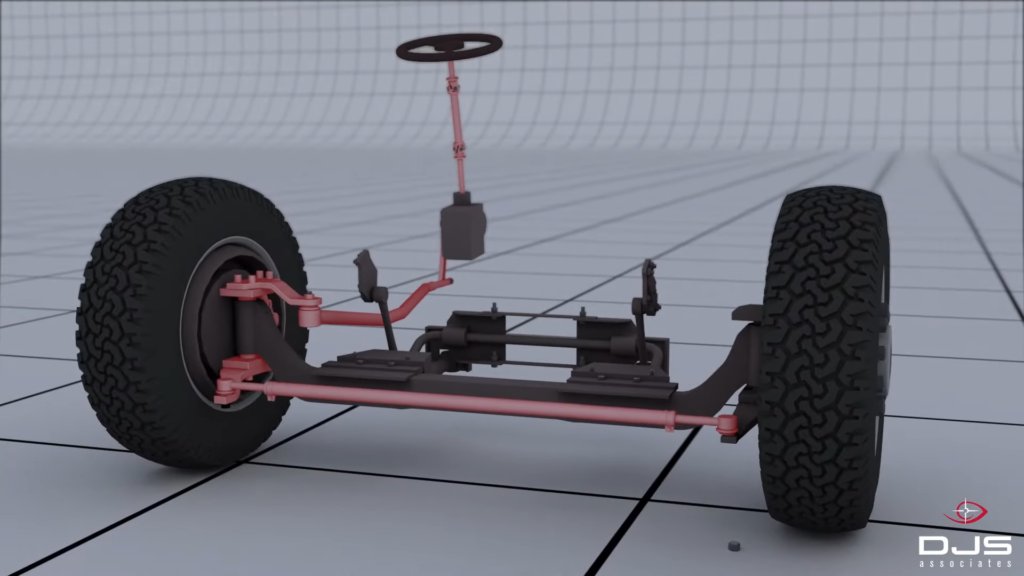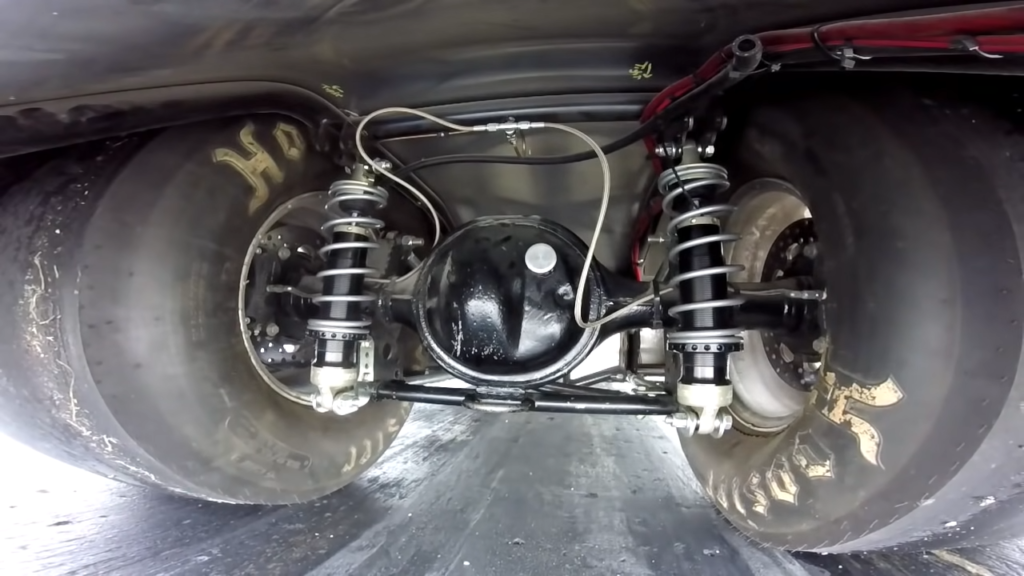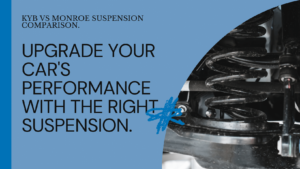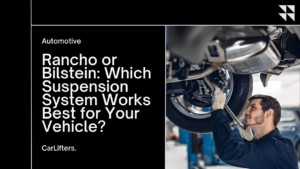Contents
Introduction
When it comes to the intricate world of car suspension systems, two components that often spark confusion are the drag link and tie rod. While they may seem similar in function, they serve distinct purposes in ensuring your vehicle’s stability and maneuverability. In this comprehensive guide, we will delve into the world of car suspension systems, shedding light on the differences between the drag link and tie rod. Buckle up as we take you on a journey through these essential components of your vehicle’s suspension system.
Drag Link vs. Tie Rod: Crucial Players in Car Suspension Harmony
Both drag links and tie rods play vital roles in your car’s suspension system, ensuring control and stability while tackling curves and bumpy roads. But understanding their distinct functions is key to appreciating their contributions. Here’s a table to unravel the differences:
| Feature | Drag Link | Tie Rod |
|---|---|---|
| Location: | Connects the steering gearbox or pitman arm to the steering arm of one wheel | Connects the steering knuckles of the left and right wheels |
| Movement: | Pushes and pulls one wheel forward and backward based on steering input | Turns both wheels inwards or outwards simultaneously when steering |
| Function: | Controls the direction of one wheel, translating steering input into lateral movement | Synchronizes the turning of both wheels, maintaining wheel alignment during steering |
| Load: | Bears higher loads due to single-wheel connection and potential bumps or debris | Distributes steering force equally between both wheels, reducing individual load |
| Design: | Often thicker and stronger to handle higher stresses | Usually lighter and more flexible for precise steering response |
| Adjustment: | May be adjustable on some setups to correct alignment issues | Rarely adjustable, as misalignment impacts both wheels equally |
| Components: | Typically a single solid or adjustable rod | Sometimes uses ball joints at both ends for smoother articulation |

Additional Considerations:
- Steering system: Different configurations use drag links and tie rods in varying ways. Consulting a mechanic can clarify their specific roles in your car’s system.
- Wear and tear: Both components are subject to wear and tear, requiring regular checks and replacements when necessary to maintain safe and proper steering.
- Upgrades: Performance suspensions might use heavier-duty drag links and tie rods for enhanced handling and durability.
Overall:
- Drag Link: The muscleman of the steering system, handling the force and direction of individual wheels.
- Tie Rod: The team player, ensuring synchronized movement and maintaining alignment of both wheels during steering maneuvers.
Understanding the Differences – Drag Link vs. Tie Rod in Car Suspension Systems
Drag Link: The Backbone of Steering
The drag link is a critical component in your car’s suspension system. It serves as the link between the steering box and the steering knuckle, enabling the transfer of steering inputs from the driver to the wheels. This robust steel rod plays a pivotal role in maintaining the alignment of the front wheels, ensuring that they move in sync.
Tie Rod: Precision in Steering
On the other hand, the tie rod is responsible for fine-tuning the alignment of your vehicle’s front wheels. It connects the steering knuckle to the wheel spindle, allowing for precise control over the wheel’s orientation. This component comes into play when adjustments are needed to achieve the desired toe alignment, ensuring even tire wear and stable handling.
Key Differences
Now that we’ve introduced both components, let’s explore the key differences between the drag link and tie rod:
Function
- Drag Link: Primarily responsible for transferring steering inputs from the driver to the wheels and maintaining general alignment.
- Tie Rod: Focused on fine adjustments to the wheel alignment, ensuring precise control over toe alignment.
Location
- Drag Link: Typically located closer to the steering box and connects to the pitman arm.
- Tie Rod: Found near the wheel spindle and connects to the steering knuckle.

Build and Design
- Drag Link: Typically a single solid steel rod.
- Tie Rod: Comprises an inner and outer rod, connected by threads or ball joints.
Movement Range
- Drag Link: Limited movement range, primarily rotational.
- Tie Rod: Allows for a wider range of movement due to its ball joint design.
Impact on Handling
- Drag Link: More influential in overall steering stability.
- Tie Rod: Fine-tunes alignment and affects handling precision.
Repair and Maintenance
- Drag Link: Generally requires less frequent maintenance and replacement.
- Tie Rod: May need more frequent inspection and potential replacement due to its exposure to road elements.
FAQs
1. Can I drive my car if the drag link or tie rod is damaged?
- It’s not advisable to drive with a damaged drag link or tie rod, as it can lead to unsafe handling and compromised steering control. It’s essential to have these components inspected and repaired promptly.
2. How can I tell if my drag link or tie rod is worn out?
- Common signs of wear include steering play, uneven tire wear, and a noticeable change in your vehicle’s alignment. If you experience any of these symptoms, have your suspension system checked by a qualified mechanic.
3. Are drag links and tie rods interchangeable?
- No, they serve distinct functions within the suspension system and cannot be swapped for one another. Using the correct component is crucial for safe and effective steering.
4. How can I extend the lifespan of my drag link and tie rod?
- Regular maintenance, such as greasing and inspection, can help prolong the lifespan of these components. Avoiding harsh driving conditions and excessive impact on your vehicle’s suspension can also be beneficial.
5. What are the costs associated with replacing a drag link or tie rod?
- The cost can vary depending on your vehicle’s make and model and the labor charges of your chosen mechanic. It’s advisable to obtain quotes from multiple service providers to ensure a fair price.
6. Can I replace the drag link or tie rod myself?
- While some experienced DIY enthusiasts may attempt this, it’s recommended to leave such repairs to qualified professionals due to the critical nature of these components.
Conclusion
In the realm of car suspension systems, the drag link and tie rod play indispensable roles in ensuring your vehicle’s stability, safety, and maneuverability. Understanding the key differences between these components empowers you to make informed decisions about maintenance and repairs. Remember, regular inspections and timely replacements are essential for safe and enjoyable driving experiences. So, next time you hit the road, you’ll have a newfound appreciation for the drag link and tie rod working diligently beneath your vehicle.
============================================
Affiliate Disclosure: As an Amazon Associate, I earn from qualifying purchases made through links on this site.



